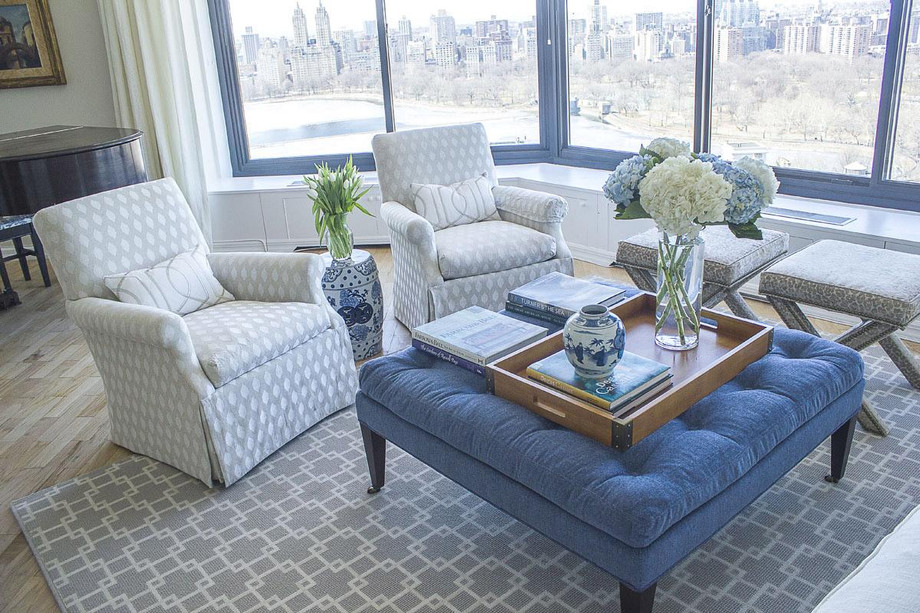What Is Interior Design and What Is the Difference Between Interior Decorating and Interior Design?
To begin this journey, first an attempt must be made to answer the question, 'What is Interior Design'; The National Council for Interior Design Qualification offers up the following definition: 'is a multi-faceted profession in which creative and technical solutions are applied within a structure to achieve a built interior environment. These solutions are functional, enhance the quality of life and culture of the occupants and are aesthetically attractive'. Comparing this to the definitions provided by The Free Dictionary for an interior decorator.
'also called interior designer a person whose profession is the planning of the decoration and furnishings of the interior of houses, shops, etc.' and 'a person whose profession is the painting and wallpapering of houses'
Well it is understandable, based on the two definitions above, why there are two camps. One camp holds that the interior designer is held to a higher standard and has significantly more training and design responsibilities than the interior decorator, and then there are those that bunch them all together as one and the same. There are those that look at the designer as a version of an architect and those that look at them as being a house painter. No wonder there is confusion amongst the ranks.
In an attempt to answer the question, 'Is there a difference or not?
A Google search was performed for 'Interior Decorator Degree' and the response overwhelmingly returned results for 'Interior Designer'; and not the keyword as searched. One can reasonably conclude that since one can get a degree in interior design, but not as an interior decorator, that there is a difference.
So where would one draw the line between a designer and a decorator?
Reverting back to the two definitions above one can discern the key difference. The definition for the designer refers to 'built interior environment' whereas the decorator suggests 'decorating and furnishing' as the key activities. The higher standard is the designer's ability and responsibilities to call for tearing out walls, flooring, windows, lighting, electrical, as well as recommending furniture and miscellaneous design pieces. In short, the scope their role includes the responsibilities of a decorator, but goes much further.
Often it is critical for the designer to understand the wants and needs of the individual or company leadership that is hiring them to make a space comfortable and esthetically pleasing to 'the eye of the beholder'; meaning whoever is paying the freight. This will require the designer to ask the question, '
What is interior design through the eyes of my employer?'
Determining just how to customize a small dwelling area up to major corporate businesses like a national restaurant chain that must be attractive to the eye in many different regions of the country with a common design can be very challenging. Requiring a grasp of many different fields including developing and reading floor plans, a knowledge of building codes, and access to a long list of contractors that are capable of doing the work to specification are just a few of the extra requirement that separate interior design from decoration.
Often specializing in unique areas like hotels, casinos, restaurants, or other businesses that may regularly freshen up their designs to keep their businesses looking comfortable yet enticing, designers generally develop skill sets that may not play all that well outside of their special areas of expertise. What they probably are looking for in the interior design of a hospital is most likely a far cry from what they are looking for at a casino.
Perhaps a better example would be determining just how to continue on with a southwestern theme for a Mexican restaurant chain in places like Seattle, St. Louis, Charlotte, Pittsburg, and Boston. What is interior design widely accepted in one region may not be well accepted in another.
In asking, '
What is interior design?
in today's environment, one must also begin to start thinking green and to look for ways to minimize the consumption of non-renewable energy sources. How does one create areas with a lot of natural lighting but not subject the individual to the blazing rays of the sun. How does one incorporate solar panels into the design or solar powered floor heaters in colder climates without losing the esthetic charm and ambiance of marble floors. These are the challenges of today's designers. It's a good thing that they love their jobs.
For more details visit at our site :-

Comments
Post a Comment